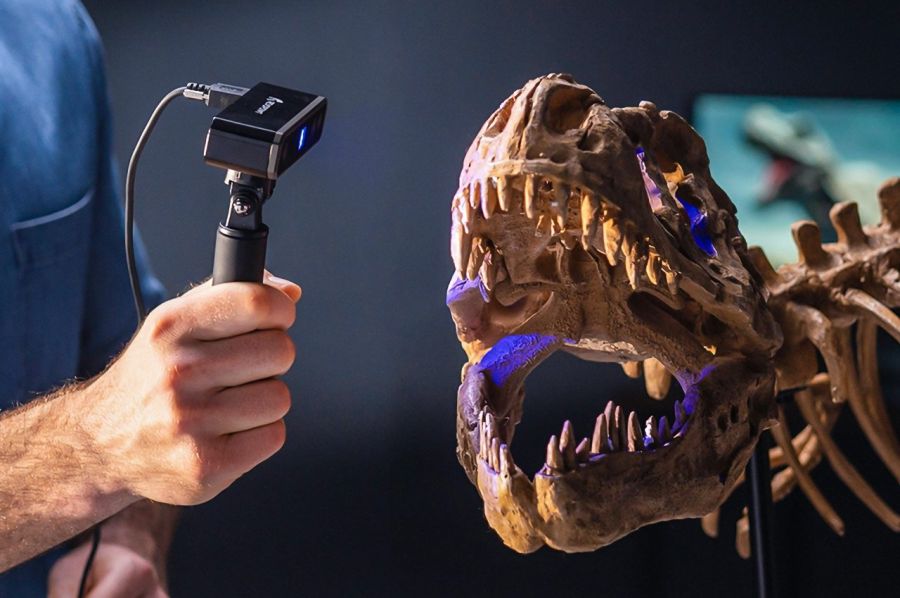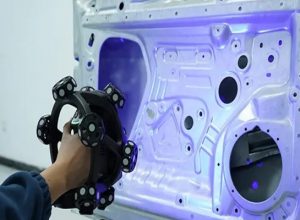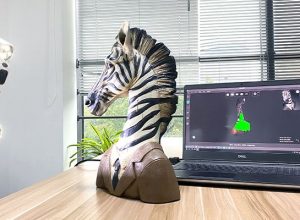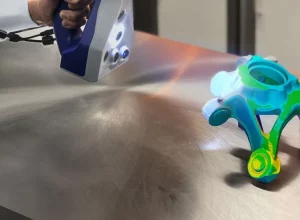Contents
- 1 Preparing Objects for Precise 3D Scanning
- 1.1 Surface Preparation Fundamentals for 3D Scanning
- 1.2 Critical Surface Treatment Techniques
- 1.3 Surface Reflectivity and Material Considerations
- 1.4 Surface Texture Optimization
- 1.5 Environmental Scanning Considerations
- 1.6 Material Considerations for Precise 3D Scanning
- 1.7 Surface Preparation Steps
- 1.8 Technical Coating Application
- 1.9 Positioning and Orientation
- 1.10 Equipment and Environmental Factors
- 1.11 Post-Preparation Verification
Preparing Objects for Precise 3D Scanning
Surface Preparation Fundamentals for 3D Scanning
Successful 3D scanning requires meticulous object preparation to ensure accurate digital capture. The scanning process demands careful attention to surface characteristics, reflectivity, and object geometry.
Critical Surface Treatment Techniques
Achieving high-precision 3D scans involves strategic surface modifications that enhance scanning accuracy. Objects with complex geometries or challenging surface properties require specialized preparation methods to maximize digital capture quality.
Surface Reflectivity and Material Considerations
Different materials present unique challenges during 3D scanning. Highly reflective surfaces like polished metals or glossy ceramics can scatter laser or optical signals, causing scanning inconsistencies. To mitigate these issues, technicians often apply temporary matte coatings or specialized scanning sprays that create uniform, non-reflective surfaces.
Surface Texture Optimization
Texture uniformity is crucial for accurate digital representation. Rough or uneven surfaces can introduce scanning artifacts and reduce overall model precision. Techniques such as uniform powder coating, temporary marker pattern application, and strategic surface cleaning help create ideal scanning conditions.
| Surface Type | Recommended Preparation Method |
|---|---|
| Highly Reflective Metals | Matte scanning spray |
| Dark or Transparent Objects | White powder coating |
| Complex Geometries | Strategic reference point markers |
Environmental Scanning Considerations
Ambient lighting, temperature, and humidity can significantly impact scanning accuracy. Professional scanning environments are typically controlled to minimize external interference, ensuring consistent and reliable digital capture across different object types and materials.
Material Considerations for Precise 3D Scanning
Material preparation is a critical step in achieving high-quality 3D scan results. Different surface characteristics demand specialized treatment to ensure accurate digital representation.
| Material Type | Preparation Method | Recommended Treatment | Scanning Challenge |
|---|---|---|---|
| Glossy/Reflective Surfaces | Anti-reflective coating | Matte spray or talcum powder | Reduces light scatter and interference |
| Dark/Black Objects | Enhanced contrast | White/light powder coating | Improves depth perception and detail capture |
| Transparent Materials | Opacification | Temporary white spray coating | Enables structured light and laser scanning |
| Complex Geometric Surfaces | Strategic marker placement | High-contrast reference points | Assists alignment and registration |
Technical considerations for material preparation include understanding how different surface properties interact with scanning technologies. Reflective surfaces can cause signal interference, while transparent materials require special techniques to capture accurate geometric data.
Key preparation strategies involve:
- Selecting appropriate surface treatment based on material composition
- Minimizing light reflection and absorption
- Ensuring consistent surface texture for precise measurement
- Applying temporary coatings that do not permanently alter object structure
Professional scanning technicians recommend testing multiple preparation techniques to determine the optimal approach for each unique object, considering factors such as material complexity, surface texture, and scanning technology being employed.
Surface Preparation Steps
Critical steps for optimal 3D scanning include:
- Clean the object thoroughly to remove dust and residues
- Apply uniform, thin coating if necessary
- Ensure even lighting conditions
- Remove background interference
Technical Coating Application
When applying scanning spray or powder:
- Use light, even spray from 6-8 inches distance
- Apply multiple thin layers instead of single thick coat
- Allow complete drying between applications
- Avoid oversaturation that might obscure surface details
Positioning and Orientation
Proper object positioning is crucial for comprehensive scanning. Consider these guidelines:
- Rotate object to expose all critical surfaces
- Use calibration markers if complex geometry exists
- Minimize occluded areas
- Ensure stable, vibration-free mounting
Equipment and Environmental Factors
Scanning environment significantly impacts results:
- Maintain consistent temperature
- Control ambient light
- Use appropriate scanning resolution
- Select scanner compatible with object size and complexity
Post-Preparation Verification
Before scanning, perform a final visual inspection to confirm:
- Uniform coating application
- No residual dust or contamination
- Proper object positioning
- Adequate lighting conditions






